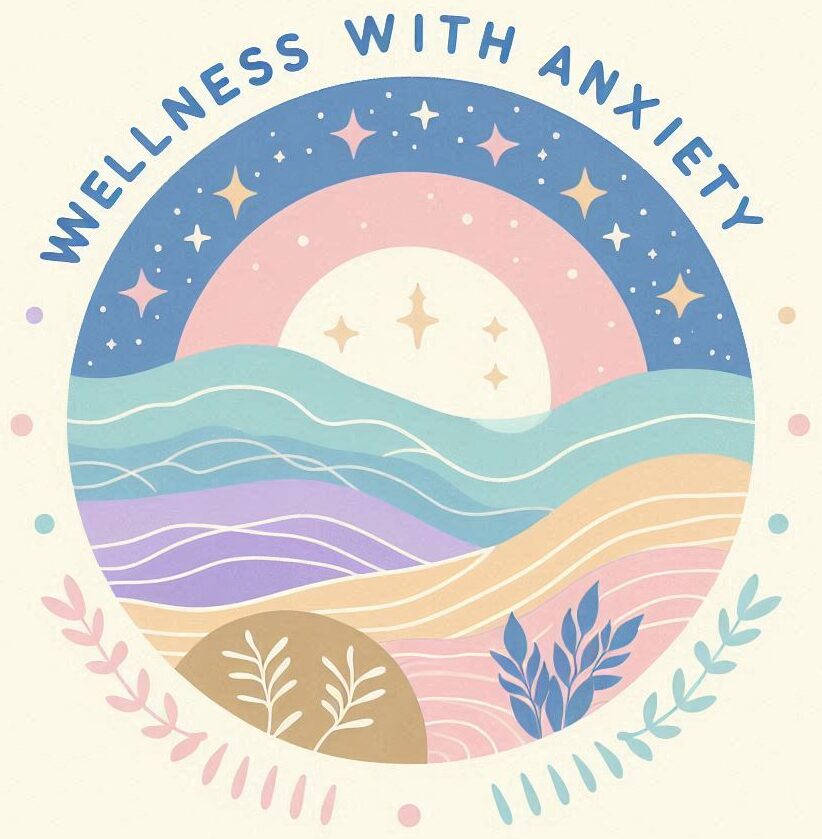 Anxiety is like that persistent alarm in the back of your head, always there warning you of impending doom even when everything’s chill. To get why anxiety is such a tough nut to crack, it helps to peek into its evolutionary roots. See, back in the day when survival meant dodging predators and finding food, anxiety was our inbuilt warning system. It’s a part of us that ensured we stayed alert and ready for action.
Anxiety is like that persistent alarm in the back of your head, always there warning you of impending doom even when everything’s chill. To get why anxiety is such a tough nut to crack, it helps to peek into its evolutionary roots. See, back in the day when survival meant dodging predators and finding food, anxiety was our inbuilt warning system. It’s a part of us that ensured we stayed alert and ready for action.
Thing is, in today’s world, we’re not exactly running from saber-toothed tigers anymore, but our bodies don’t really get that. They still respond to stress and perceived threats in the same way, sending our anxiety levels skyrocketing. This mismatch can make dealing with anxiety pretty challenging. Different folks experience anxiety in their own unique ways, too, which is another layer to this puzzle.
On the biological side, brain chemicals called neurotransmitters play a huge role. Imbalances in these little guys can crank up your anxiety. Plus, your genes might also play a part, making you more prone to experiencing higher anxiety levels. But it’s not just what’s going on inside – the world around us matters too. Traumatic events, high-stress environments, or even just a busy lifestyle can contribute significantly.
Of course, how we think wires into it all. Many times, our thoughts can spiral, amplifying that anxious feeling. Negative thinking patterns are like gas on a fire when it comes to anxiety. Simply put, what’s going on in your head can really influence how anxious you feel. Recognizing and reshaping these thoughts is key, though not always easy. It’s like trying to rewrite the script when the play is already in full swing.
Coping with Anxiety: Strategies to Prevent It from Overwhelming Your Life
 When anxiety feels like it’s taking over the show, it’s time for a little strategy and sweat work. The first step to coping is recognizing that anxiety, while persistent, isn’t unbeatable. Practical techniques can keep it from overshadowing your day-to-day vibes.
When anxiety feels like it’s taking over the show, it’s time for a little strategy and sweat work. The first step to coping is recognizing that anxiety, while persistent, isn’t unbeatable. Practical techniques can keep it from overshadowing your day-to-day vibes.
Staying in the Moment
A great starting point is grounding exercises. These are simple physical activities that can anchor you in the present. Try focusing on your breathing, counting the breaths in and out, or using your senses to absorb what’s happening around you—smelling, seeing, touching.
Write it Down
Building a plan to prevent anxiety is like grocery shopping with a list instead of wandering the aisles aimlessly. What are your bad days? Consider jotting down specific techniques that work for you, day-to-day, like taking breaks when overwhelmed or having a go-to friend for a quick chat.
Surround Yourself
Surrounding yourself with a reliable support system is like having a superhero team on call. Family, friends, therapists—all these folks can offer perspective and keep you from feeling alone. Sharing your experiences with them can lighten the load and offer fresh insights.
Lifestyle Shifts
Remember, lifestyle tweaks make a world of difference. How you eat, move, and rest matters. Balanced meals keep your body in check, while regular exercise releases feel-good endorphins that can help keep anxiety away. Mindfulness practices, like meditation or yoga, can also play a huge role in helping you reclaim those peaceful moments.
Making these changes isn’t about drastically overhauling your life but about tuning into actions that promote well-being. It’s a journey of small, consistent steps that together help keep anxiety from calling the shots.
Identifying and Understanding Triggers: Key Factors that Exacerbate Anxiety
 Anxiety can drop in like an uninvited guest, especially when triggered by specific things in our environment or mind. Knowing what makes your anxiety tick is crucial for keeping it in check. There are certain common scenarios and elements that seem to set many folks on edge.
Anxiety can drop in like an uninvited guest, especially when triggered by specific things in our environment or mind. Knowing what makes your anxiety tick is crucial for keeping it in check. There are certain common scenarios and elements that seem to set many folks on edge.
Identifying Triggers
Stress
Stress is the heavyweight champ of anxiety triggers. The pressures of work, relationships, or even social settings can act like a match to your anxiety. But for each person, there’s usually one standout trigger—especially for those moments when anxiety hits like a tidal wave. This number one trigger varies for everyone but often ties back to unresolved stress or fear.
Understanding Your Triggers
Keeping Track
Self-awareness is like your GPS for spotting these triggers. Pay attention to when your anxiety spikes; maybe it’s before public speaking or during chaotic commutes. Keeping a trigger journal helps in pinpointing these moments and understanding them better.
Managing Triggers
Once you’ve spotted your triggers, managing them becomes way more feasible. It involves strategic avoidance or careful confrontation. Some situations need bypassing entirely, while others might require gradual exposure until they’re less daunting.
It’s all about finding balance and making those triggers less overpowering in your life. By addressing these sensitive points systematically, you’re not just reducing anxiety’s impact but also gaining more control over how you respond to what life throws your way.
Breaking the Anxiety Loop: Techniques to Stop Anxious Thoughts in Their Tracks
 Anxiety can feel like a never-ending loop, where worry breeds more worry, and suddenly you’re spiraling. It’s crucial to recognize this cycle to effectively break it. Often, it starts with a triggering thought or event that sets off a chain reaction of anxious thoughts, almost like a domino effect that feeds itself.
Anxiety can feel like a never-ending loop, where worry breeds more worry, and suddenly you’re spiraling. It’s crucial to recognize this cycle to effectively break it. Often, it starts with a triggering thought or event that sets off a chain reaction of anxious thoughts, almost like a domino effect that feeds itself.
Staying Mindful
Mindfulness is a fantastic tool for hitting the brakes on this cycle. By focusing on the present using exercises like deep breathing or engaging with your surroundings, you can find a momentary peace that helps reset your thought patterns. The more you practice mindfulness, the quicker you’ll notice your triggers before they spiral out of control.
Breaking Down Your Thoughts
Cognitive Behavioral Therapy (CBT) techniques are also super helpful in breaking down anxious thoughts. CBT works by challenging and rethinking negative thought patterns. For instance, journaling can be a great exercise, allowing you to track those patterns and gradually adjust them.
Professional Intervention
Sometimes, the anxiety loop might feel too strong to tackle solo. That’s when professional intervention might be a good idea. Therapists or counselors offer structured guidance and practical techniques tailored to your personal experiences, helping untangle that web of anxiety.
Building Resilience and Confidence
Building resilience is another piece of the puzzle. This involves gradually exposing yourself to anxiety-inducing situations while controlling your reactions. Over time, this builds confidence in handling anxiety and keeps those loops from forming in the first place.
By understanding and implementing these techniques, you can disrupt the cycle of anxiety, creating a more manageable and balanced mental landscape.
